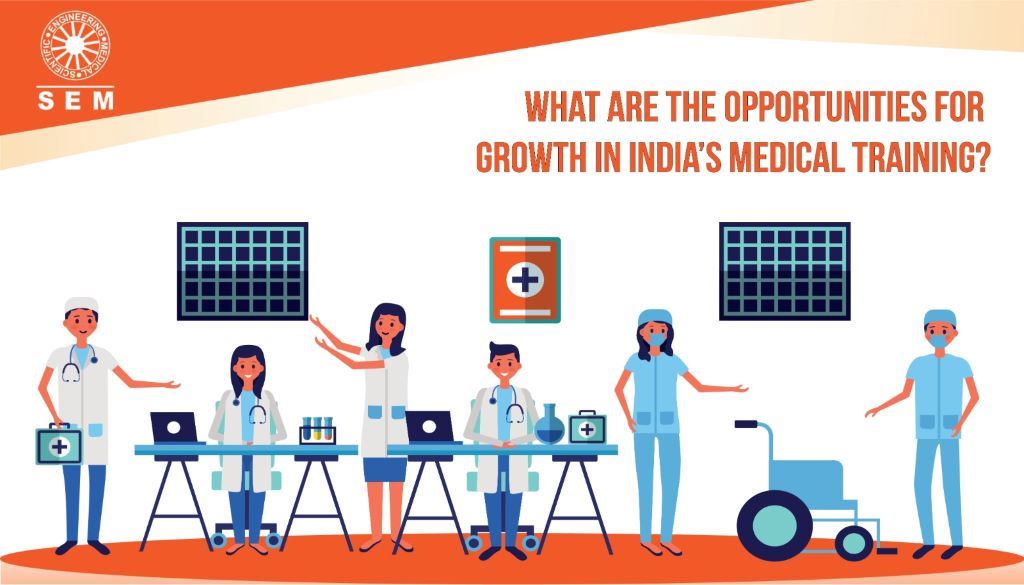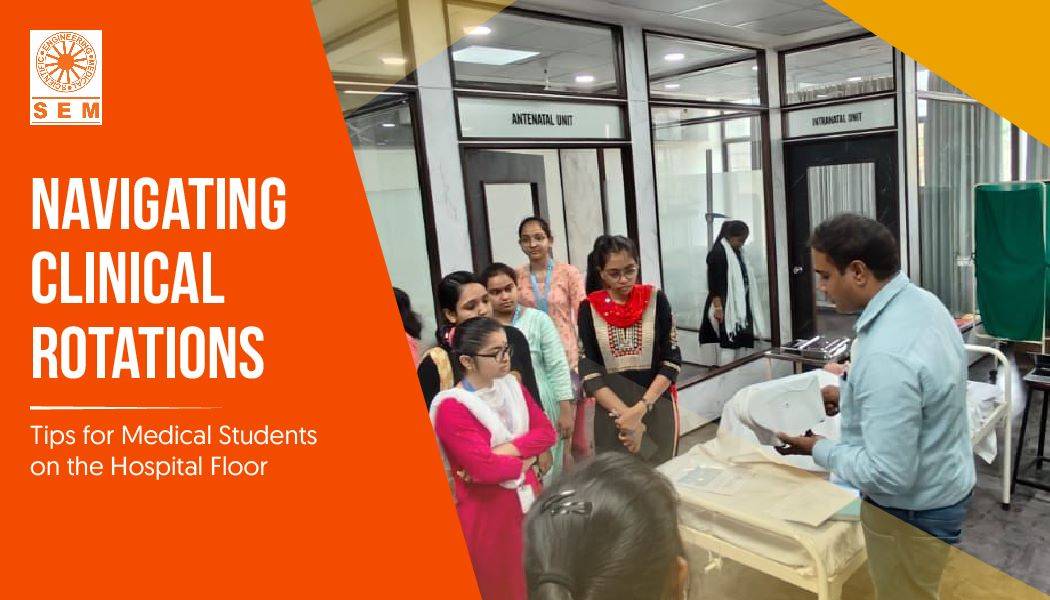Practice Makes Perfect: How Often Do Medical Students Need Practical Training?
Practice Makes Perfect: How Often Do Medical Students Need Practical Training?
In the world of medicine, “practice makes perfect” isn’t just a saying; it’s a necessity. Medical students are training to save lives, and this responsibility demands both theoretical knowledge and hands-on experience. But how often should students undergo practical training to prepare for real-world challenges?
The Importance of Practical Training
Practical training bridges the gap between learning concepts and applying them. While textbooks provide knowledge, hands-on sessions build the skills and confidence to handle real patients. From suturing wounds to performing CPR, these sessions create muscle memory and critical thinking skills essential for future doctors.
Practical training also nurtures adaptability. Every patient is unique, and simulated scenarios or clinical rotations teach students to respond effectively to diverse situations.
How Often Should Training Happen?
Frequent and structured practical training is key. Here’s why:
- Repetition Builds Confidence: Repeating procedures like basic life support ensures they become second nature.
- Staying Updated: The medical field evolves rapidly. Regular sessions using advanced tools like high-fidelity manikins or virtual reality simulators keep students current.
- Reducing Skills Gaps: Consistent practice, even for a few hours weekly, prevents gaps in applying theoretical knowledge.
Types of Practical Training
To maximize learning, students should experience:
- Simulation-Based Training: Risk-free practice using manikins and simulators for tasks like intubation.
- Clinical Rotations: Real-world exposure to patient care under supervision.
- Team Exercises: Building collaboration skills for high-pressure scenarios like emergency drills.
Benefits of Frequent Training
Frequent practical sessions improve patient safety, boost student confidence, and enhance career readiness. Employers value graduates who have honed their skills through regular hands-on experience.
In medicine, consistent practice is essential. Frequent training, whether through simulation tools or clinical settings, prepares students to excel in their careers. At SEM Trainers and Systems, we offer cutting-edge solutions to help medical students practice effectively because every step toward perfection makes a life-saving difference.



